I am working on school project which base on car plate recognition. I am testing it on simple movie: one car, static camera etc.
This how it looks like:
My first step was finding only car on this frame (I think it will be helpful for more "difficult" video):
Then I search car plate. Here is my code:
std::vector<cv::Rect> boundRect;
cv::Mat img_gray, img_sobel, img_threshold, element;
cvtColor(detectedMats[i], img_gray, CV_BGR2GRAY);
cv::Sobel(img_gray, img_sobel, CV_8U, 1, 0, 3, 1, 0, cv::BORDER_DEFAULT);
cv::threshold(img_sobel, img_threshold, 0, 255, CV_THRESH_OTSU + CV_THRESH_BINARY);
element = getStructuringElement(cv::MORPH_RECT, cv::Size(30, 30));
//element = getStructuringElement(cv::MORPH_RECT, cv::Size(17, 3) );
cv::morphologyEx(img_threshold, img_threshold, CV_MOP_CLOSE, element);
std::vector< std::vector< cv::Point> > LP_contours;
cv::findContours(img_threshold, LP_contours, 0, 1);
std::vector<std::vector<cv::Point> > contours_poly(LP_contours.size());
for (int ii = 0; ii < LP_contours.size(); ii++)
if (LP_contours[ii].size() > 100 && contourArea(LP_contours[ii]) > 3000 && contourArea(LP_contours[ii]) < 10000) //można się pobawić parametrami
{
cv::approxPolyDP(cv::Mat(LP_contours[ii]), contours_poly[ii], 3, true);
cv::Rect appRect(boundingRect(cv::Mat(contours_poly[ii])));
if (appRect.width > appRect.height)
boundRect.push_back(appRect);
}
And result you can see at the second picture.
Then tried get good contours of detect plate. I did few steps.
- Given the drastic changes in brightness, by histogram equalization:
Use filter and threshold:
cv::Mat blur; cv::bilateralFilter(equalized, blur, 9, 75, 75); cv::imshow("Filter", blur); /* Threshold to binarize the image */ cv::Mat thres; cv::adaptiveThreshold(blur, thres, 255, cv::ADAPTIVE_THRESH_GAUSSIAN_C, cv::THRESH_BINARY, 15, 2); //15, 2 cv::imshow("Threshold", thres);
Finally I find contours but they aren't so good. Numbers are a little bit blurred:
std::vector<std::vector<cv::Point> > contours; cv::findContours(thres, contours, cv::RETR_LIST, cv::CHAIN_APPROX_SIMPLE); //cv::findContours(thres, contours, CV_RETR_TREE, CV_CHAIN_APPROX_SIMPLE, Point(0, 0)); double min_area = 50; double max_area = 2000; std::vector<std::vector<cv::Point> > good_contours; for (size_t i = 0; i < contours.size(); i++) { double area = cv::contourArea(contours[i]); if (area > min_area && area < max_area) good_contours.push_back(contours[i]); }
Maybe you have some idea how to improve result? I tried change some parameters but it still doesn't work so well.
Thanks for help
---------------------------EDIT: tesseract installation------------------------
- I install vcpkg.
Use
.\vcpkg install tesseract:x64-windows-static
So it seems fine but when I tried run example the VS doesn't see libraries:
SOLVED:
Change
.\vcpkg install tesseract:x64-windows-static
into
.\vcpkg install tesseract:x64-windows
and it works nice.

